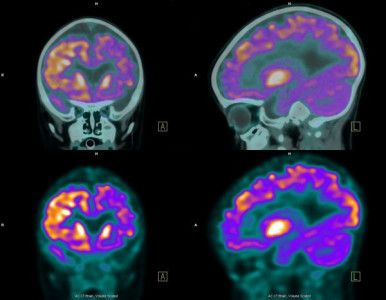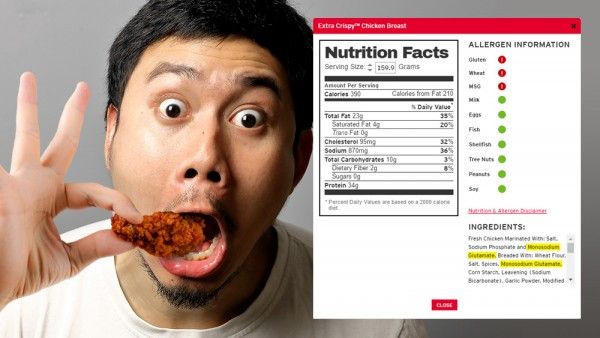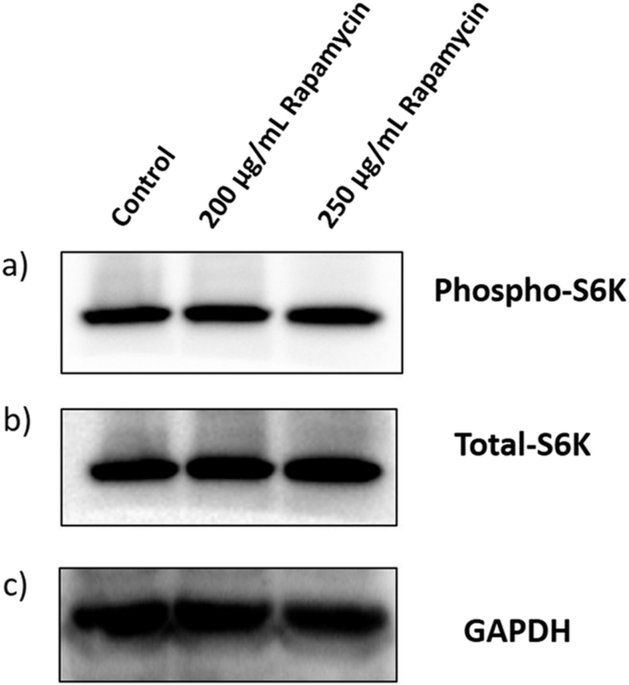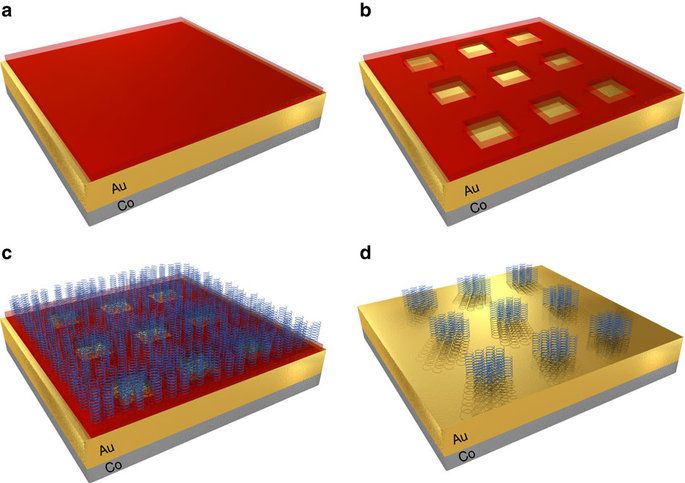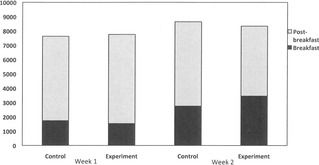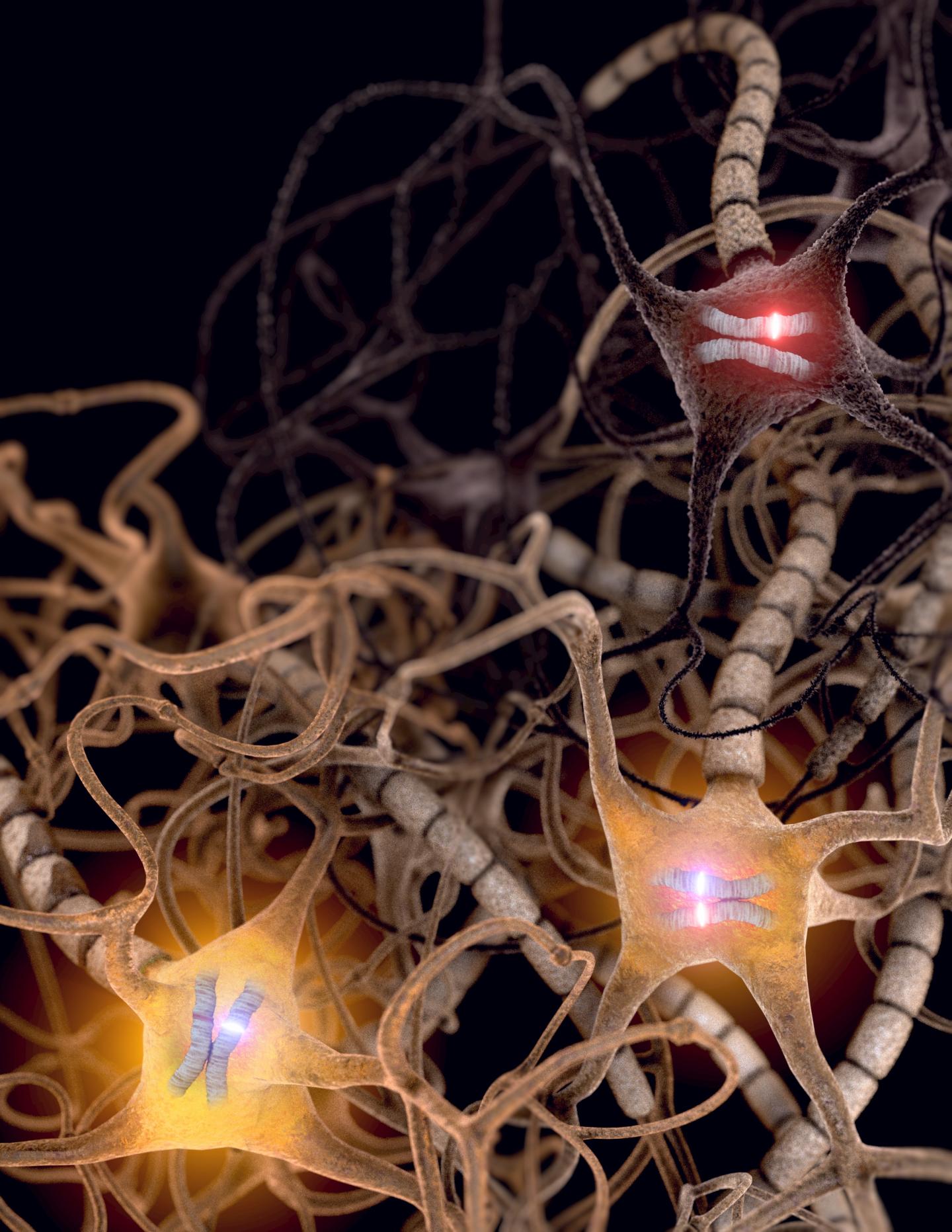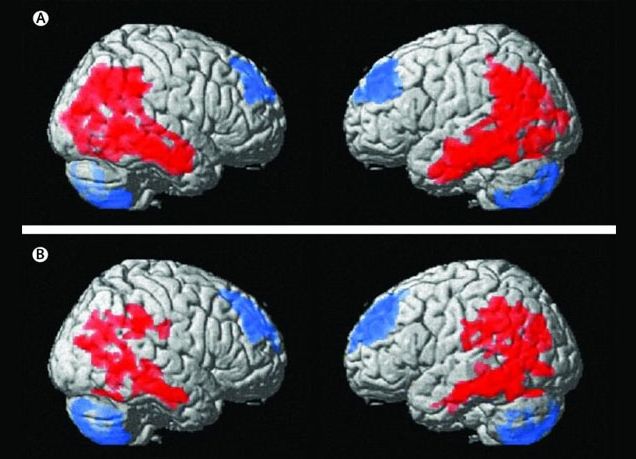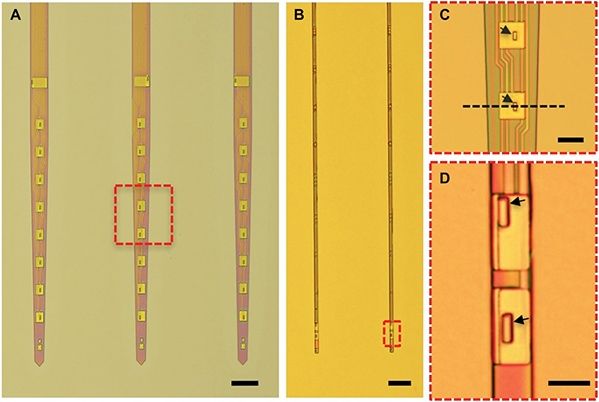Alright my neuro research & deep-mind learning friends out their; you may wish to read this find; especially as we continue our mapping and mimicking brain functions in systems as well as look at brain enhancement technologies as this is good to know as we try to boost innovation via technologies.
The most creative individuals have more nerve connections between the right and left sides of their brains, reveal researchers in the United States who analyzed connections in 68 different brain regions.
Long believed to be key in fostering imagination and intuition, as well as artistic awareness, and visual and auditive approaches, the right hemisphere isn’t the only part of the brain with a role to play in determining creativity, according to new research from Duke University.
In reality, it is the ability of the brain—a veritable information superhighway comprising a complex network of wired connections—to increase connections between neurons on the two sides of the brain that could set highly creative people apart, the study concludes.
